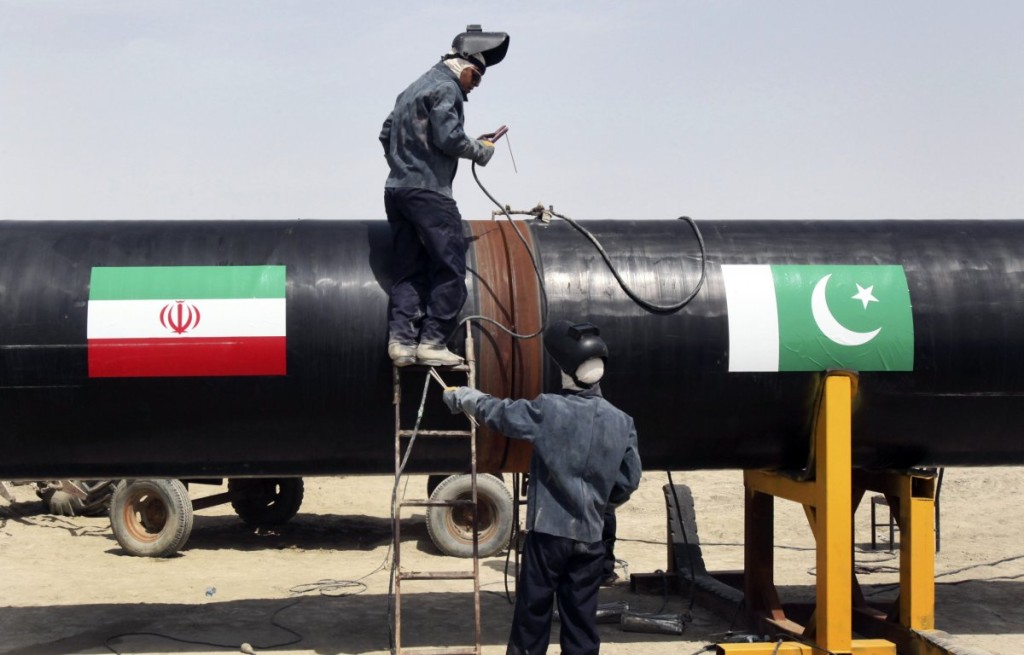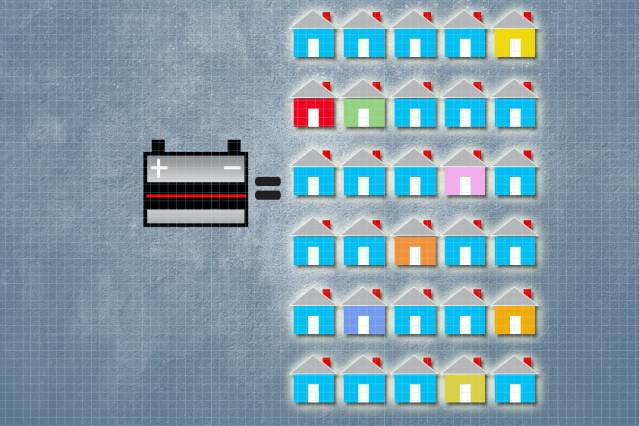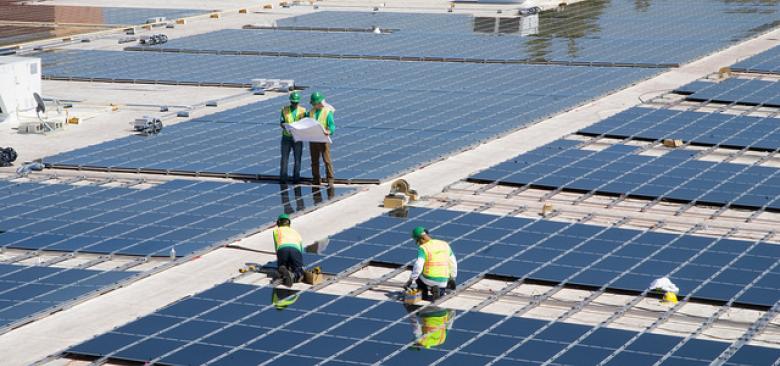While alternate energies such as solar and wind are becoming increasingly important by the day, fossil fuels still have an important place in the energy mix and will continue to do so in foreseeable future. In this post, we compare the reserves of three most important fossil fuels and their total value as per market rates at the moment amongst the top ten producers of the world.
| Rank | Country | Oil (billion barrels) | Gas (trillion cubic feet) | Coal (billion tons) | Value (trillion dollars) |
| 1 | Russia | 87 | 1163 | 157 | 40.7 |
| 2 | Iran | 157 | 1187.3 | 35.3 | |
| 3 | Venezuela | 297.6 | 196.4 | 479 | 34.9 |
| 4 | Saudi Arabia | 265.9 | 290.8 | 33 | |
| 5 | USA | 35 | 300 | 237 | 28.5 |
| 6 | Canada | 173.9 | 70 | 6.58 | 20.2 |
| 7 | Iraq | 150 | 126.7 | 18 | |
| 8 | Qatar | 23.9 | 885.1 | 16.4 | |
| 9 | UAE | 97.8 | 215.1 | 13.8 | |
| 10 | China | 17.3 | 109.3 | 115 | 13.2 |
From a regional perspective it is important to note that two of Pakistan's neighbors namely Iran and China have substantial reserves of oil, gas and coal. Iran is in fact number one as far as proven reserves of natural gas are concerned and fourth in the world in oil reserves. However, large production of fossil fuels has been hampered by the sanctions imposed on Iran by USA and EU.
It is expected that once these sanctions are removed Iran will have a greater role to play in the international market of fossil fuels. It must also be noted that work is under progress on the Pak-Iran gas pipeline, which will bring natural gas from Iran to the cities of Pakistan. Iran has completed most of the work on its side of the border but work is slow on the Pakistani side.
Source: Business Insider



